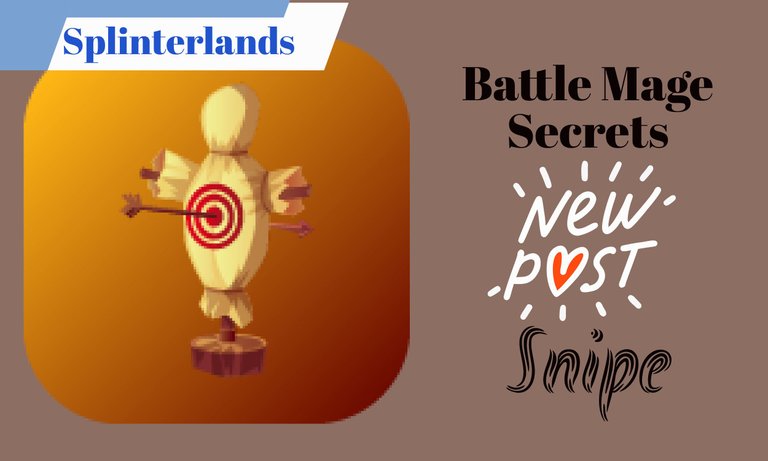
Hello Hive
We're on another edition of the splinterlands battle mage secrets and this week's edition features the "Target Practice" ruleset. In this post, I will get to share with you all my experiences, strategy, and a battle with the given ruleset. The post doesn't say everything about the target practice ruleset rather it depicts my understanding of it. Before continuing with the text in full, here is the link to the announcement post which highlights the guidelines for eligible participation to this weekly event.
Target Practice
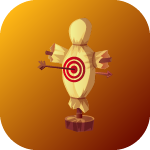
Target Practice is a ruleset that gives ranged and magic monsters the snipe ability. In a battle involving this ruleset, selecting ranged and magic monsters should be carefully done as they make the first target from their kind. The major thing to know about snipe monsters is that they attack monsters with no attack, magic monsters and ranged monsters first and this they do following the positioning of the opponent's team. Any of the kind of monsters mentioned above that comes first in the lineup get attacked first unless such monster have other abilities that exempts it from being attacked. In summary of it all, snipe monsters only attack melee monster only if there are no monsters from other attack type remaining in the battlefield.
Strategic Selection & Positioning of Team
The team choice to use when battling under this ruleset is dependent on the players deck capability. A strong melee deck can do the job, same as strong deck of other attack type. However, for the presented battle, it was a mix up of melee and magic monsters selected and positioned in a strategic manner to yield a good result. The strategy of this battle was reliant on an amplified counterspell ability which was target at the enemy's magic monsters. The first thing of every battle is the summoner choice and what informs this choice is the kind of monsters intended for use in the battle.
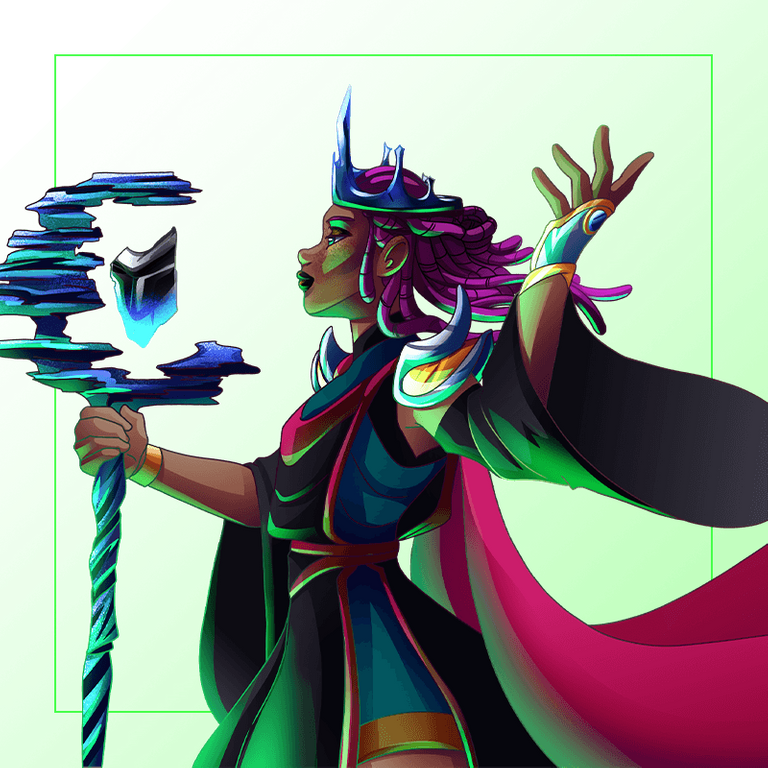
OBSIDIAN
For a lineup with magic monster majority, it is important to consider how their damage can be enhanced. For this purpose, the rare earth summoner Obsidian was selected. This summoner stat offers extra one magic damage to its summoned magic monsters. This is a bonus because higher damage means the faster the enemy can be eliminated. Although, the last statement isn't true for monsters with the forcefield ability.
How I wished the team selection could be made based on only the target practice ruleset. Unfortunately, doing that would be a mistake because the little league ruleset accompanied our given ruleset. For this reason only monsters with four mana cost or less were eligible for the battle which further made the choice of a defender difficult.
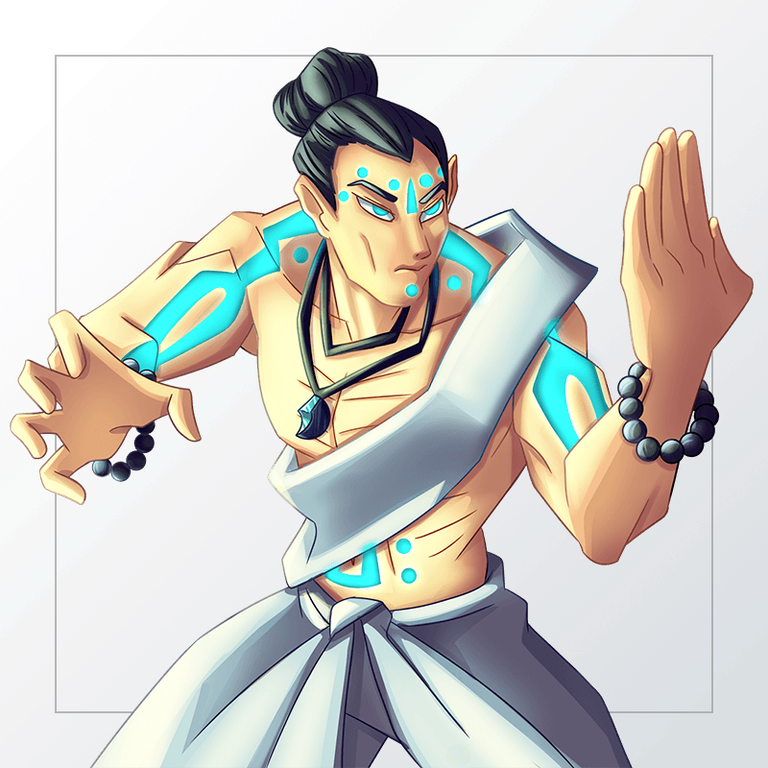
XENITH MONK
After due consideration has been made, Xenith Monk appeared to be the best fit for the choice of a defender. The choice for this monster is quite clear, it is a self healing melee monster with enough health to last in battle. Again, it depends on the level in which the player is playing the game. For higher level player, this monster also comes with the void and counterspell ability, both of which are anti magic .
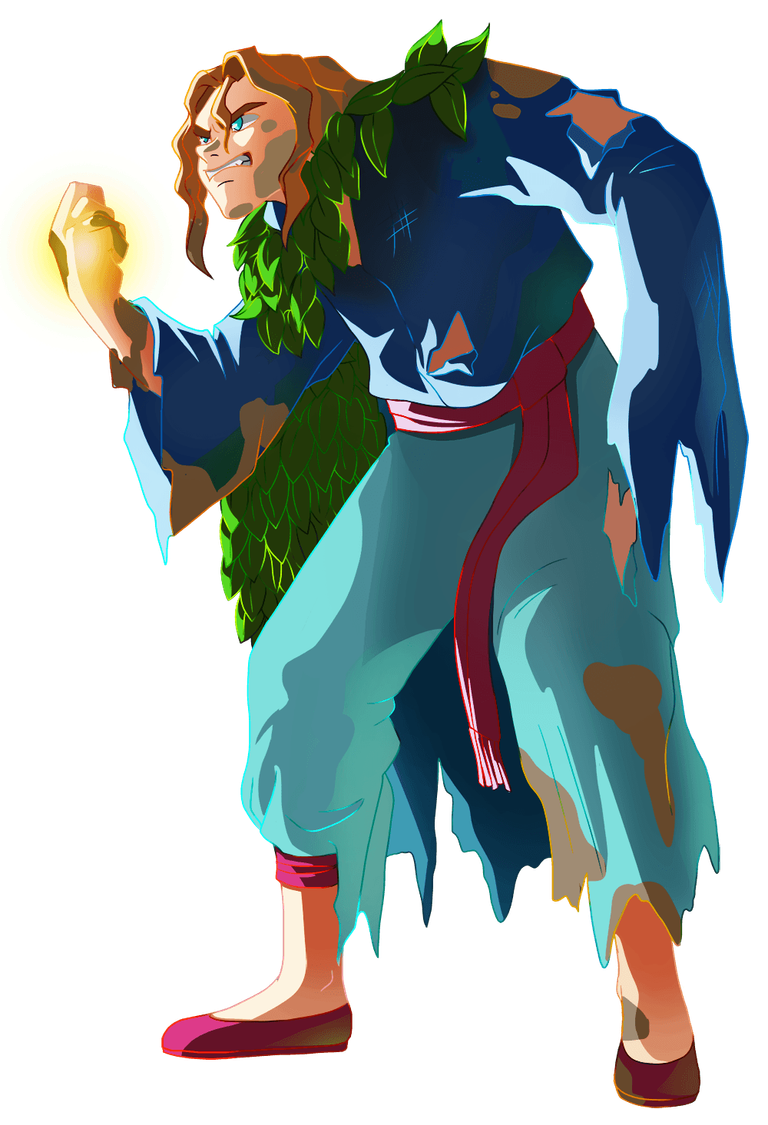
FAILED SUMMONER
Failed summoner a monster with no attack being placed first before any other magic or ranged monster became the center of attraction and the first target for the enemy's magic and ranged monsters. On the bright side, making it the first target was intentional and this is because it possesses the counterspell ability which reflects back a portion of magic damage to its sender. With this ability, even though this monster doesn't not have an attack of its own, it is capable of eliminating magic monsters from the battlefield. I mentioned of the strategy being reliant on an amplified counterspell, this monster played the part of the counterspell.
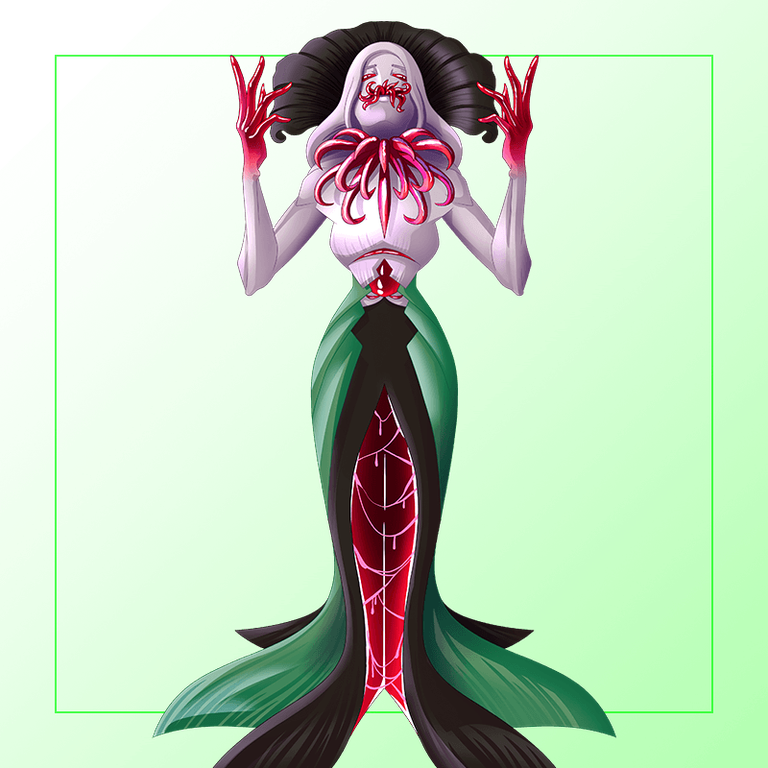
QUEEN MYCELIA
Queen Mycelia on the other hand played the part of the amplification. With Mycelia, thorn, reflects, and return fire is amplified and sent back to the attacking monster. The importance of Mycelia isn't just limited to amplification, it also played the part of protecting its teammate with two armor over the head of
each friendly monster.
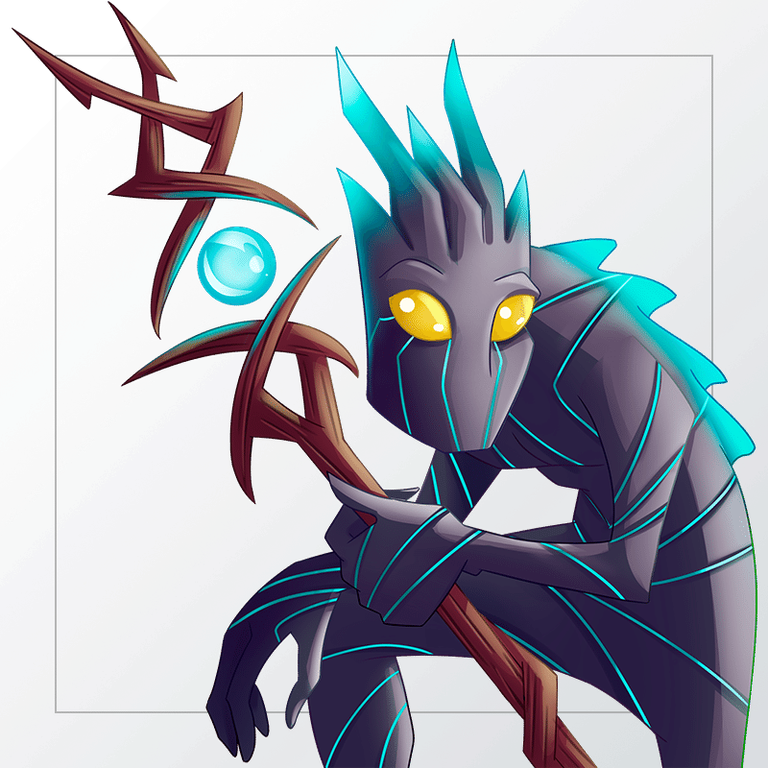
SPIRIT HOARDER
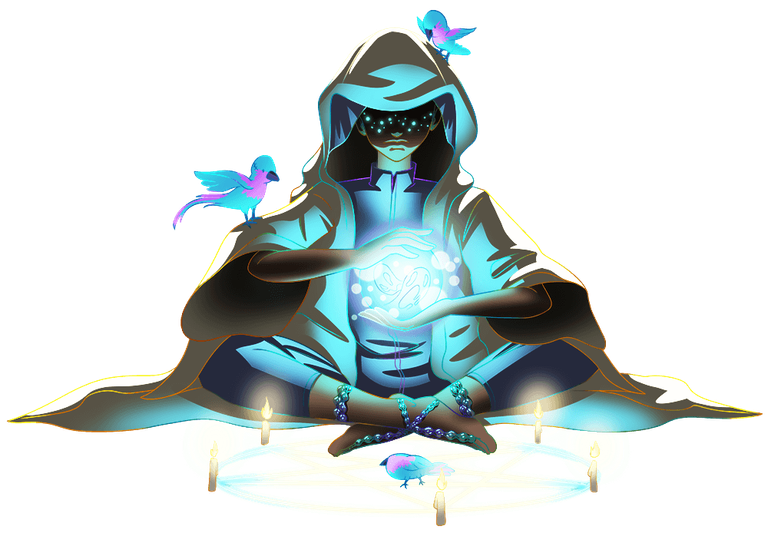
ELVEN MYSTIC
The job of the Spirit Hoarder and that of the Elven Mystic was quite a straight one. The Spirit Hoarder importance comes in its triage ability which it used to refill a portion of the damaged health of the counterspell monster, making sure it remained on the battlefield as long as possible.
Elven Mystic on the other hand took care of the enemy's magic monsters by reducing their magic damage by one. This monster achieved this using its silence ability.
However, while counterspell was being amplified by the Fail summoner & Mycelia, Hoarder & Mystic handled the healing and continuous existence on the battlefield using their triage and silence ability.
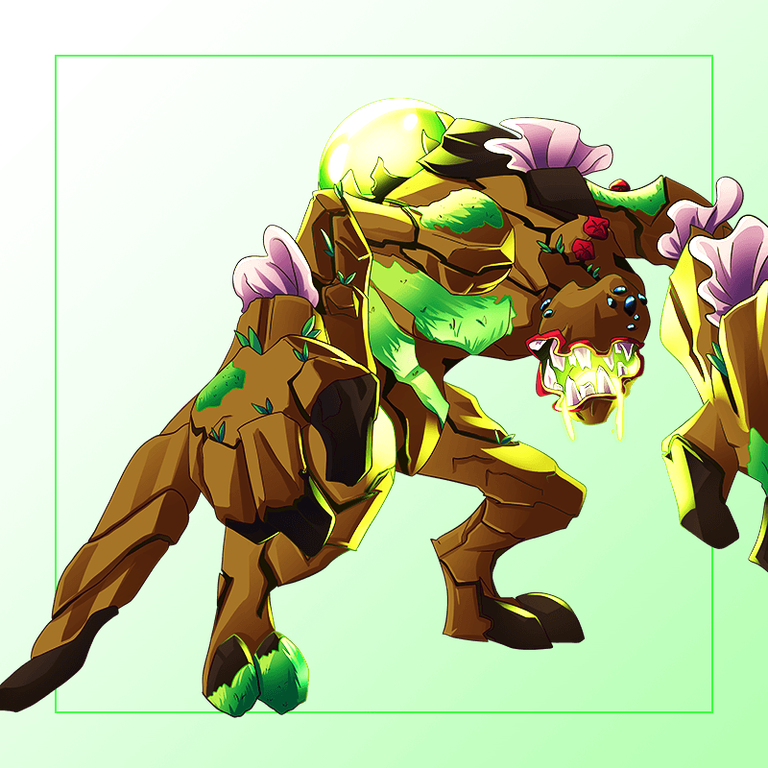
FUNGUS FIEND
Fiend the bonus monster due to its zero mana cost had to protect the team from the backline. The presence of this monster made sure the early strikes of the enemy's sneak monsters didn't get to the main battling monsters.
The Battle
| Battle Details | |
|---|---|
| Ruleset | Little League & Target Practice |
| Mana Cap | 21 |
| Available Elements | Water, Earth, and Life |
| Battling Elements | Life Vs Earth |

That will be all for this week. I hope you enjoyed the read. Please join me next week for another battle mage secrets challenge same place. Leave a comment on how the strategy can be better or any other of your choice.
Thanks for stopping by


